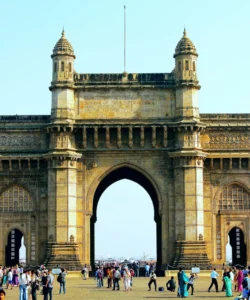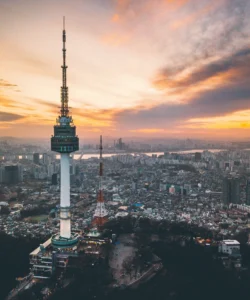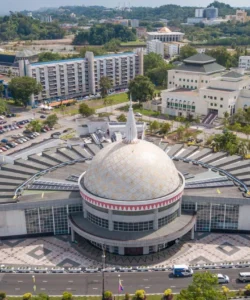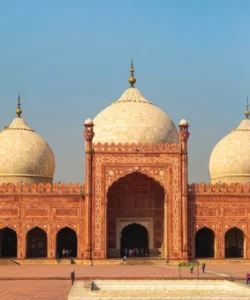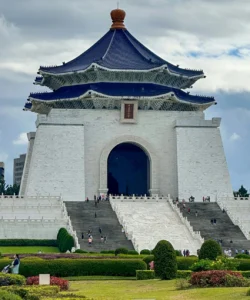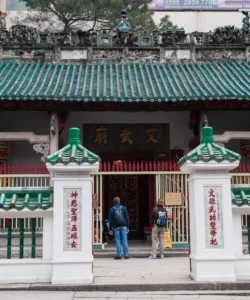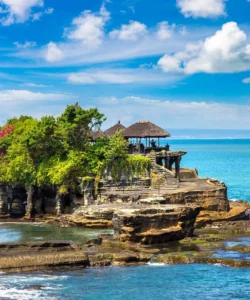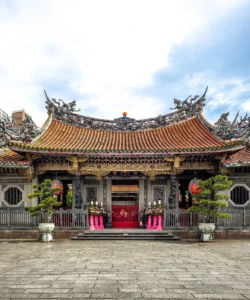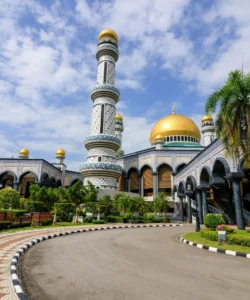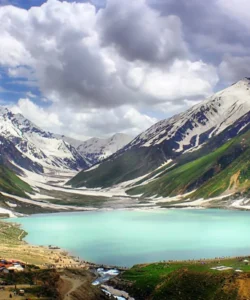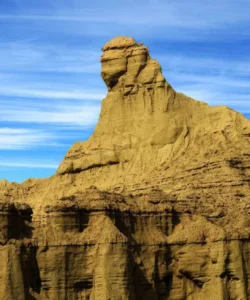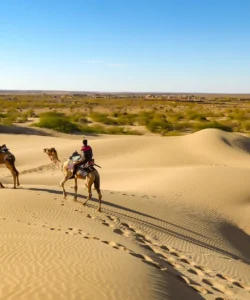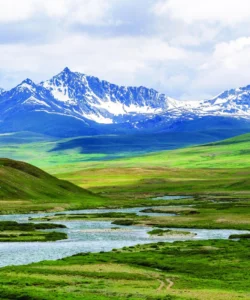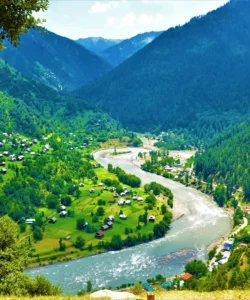Taxila (Sanskrit: तक्षशिला, Takṣaśilā; Pali: Takkasilā; Urdu/Punjabi: ٹکسلا) is an ancient city and a remarkable archaeological site located in the Rawalpindi District of Punjab, Pakistan. It is a place of profound historical and cultural significance, once a thriving center of learning, art, and trade, known for its strategic position at the crossroads of ancient trade routes and its deep connections to Buddhism.
Name: Taxila (often spelled Taxila, but pronounced Takshashila or Takkasila in ancient languages)
Address: Rawalpindi District, Punjab, Pakistan. It is situated approximately 35 kilometers (22 miles) northwest of Islamabad, the capital city of Pakistan, and about 14 km (8.7 mi) north of Rawalpindi.
How to Get There:
Taxila is easily accessible from Islamabad and Rawalpindi.
- By Air: The closest airport is Islamabad International Airport (ISB). From the airport, you can hire a taxi or pre-arranged transfer to Taxila (approx. 30-45 minutes drive).
- By Train: Taxila Cantonment Railway Station (TXL) is a major railway station in the area, with connections to various cities in Pakistan. From the station, you can take a local taxi or rickshaw to the archaeological sites.
- By Road: Taxila is well-connected by road via the Grand Trunk Road (National Highway N-5) and also by motorways from Islamabad and Rawalpindi.
- From Islamabad/Rawalpindi: Taxis, ride-hailing services (Careem, Uber in Pakistan), or local buses/vans are readily available. The drive is short (around 45 minutes to 1 hour depending on traffic). Many tourists hire a taxi for a half-day or full-day tour to cover the scattered sites.
- Within the Site: The archaeological remains of Taxila are spread across several distinct sites over a large area (around 6.5 km by 5.5 km), including different cities/settlements from various periods (Bhir Mound, Sirkap, Sirsukh), monasteries, stupas, and temples. You’ll need transport (car/taxi/rickshaw) to move between them. The Taxila Museum is a central point.
- Entrance Tickets: Tickets are required for the main archaeological sites (e.g., Sirkap, Dharmarajika Stupa) and the Taxila Museum. Combined tickets may be available.
Landscape and Architecture:
Taxila’s “architecture” is a fascinating archaeological mosaic, revealing layers of urban development and religious structures from various ancient empires, built primarily of stone.
- Strategic Valley Location: Taxila is situated in a fertile valley surrounded by low hills, at the confluence of three ancient trade routes: the Silk Road to Central Asia, the route from Mesopotamia, and the route from India. This strategic location was crucial to its prosperity and cultural exchange.
- Layered Urban Development: The site encompasses the ruins of three distinct ancient city sites, built successively over centuries, often on or near the ruins of their predecessors:
- Bhir Mound (6th-2nd Century BCE): The oldest city, known for its irregular layout, narrow, winding streets, and un-dressed stone and rubble masonry. This represents the early Iron Age and Achaemenid periods.
- Sirkap (2nd Century BCE – 1st Century CE): A meticulously planned Greek-style city built by the Greco-Bactrians, characterized by a strict grid plan, straight streets, and symmetrical blocks. It reflects Hellenistic influence with its ashlar masonry (precisely cut stone blocks). It includes remains of various structures like houses, temples (e.g., Absidal Temple, Sun Temple), and a double-headed eagle stupa.
- Sirsukh (1st Century CE – 5th Century CE): The latest city, founded by the Kushans, known for its more circular layout and strong fortifications. Only a portion of its massive defensive wall has been excavated.
- Buddhist Monasteries and Stupas: Taxila was a flourishing center of Buddhism, particularly during the Gandharan period (1st-5th Century CE). This is evident in its numerous Buddhist monastic complexes and stupas, which are some of the most prominent architectural remains:
- Dharmarajika Stupa and Monastery: One of the largest and most important Buddhist sites, featuring a massive central stupa surrounded by smaller stupas (often containing relics), shrines, and monastic cells. The stupa is built of stone and plaster, with some remnants of gilding.
- Julian Monastery (Jandial): A well-preserved monastery with multiple courtyards, assembly halls, and meditation cells, showing strong Greek architectural influence.
- Mohra Moradu Monastery: Known for its particularly well-preserved stucco Buddha images.
- Gandhara Art: Taxila was a key center of Gandhara Art, a unique style of Greco-Buddhist art that flourished under the Kushan Empire. This art form, combining Hellenistic (Greek and Roman) artistic techniques (like naturalistic drapery, muscular bodies) with Buddhist iconography, produced some of the earliest and most iconic representations of the Buddha in human form. Sculptures found at Taxila (and displayed in the museum) are a testament to this unique fusion.
- Stone and Stucco Construction: The primary building materials were local stone (limestone and slate), often combined with lime plaster and stucco, particularly for sculptures and decorative elements.
- Taxila Museum: A modern, purpose-built museum at the site houses an extensive collection of archaeological finds from Taxila, including numerous Gandharan sculptures, pottery, coins, jewelry, tools, and other artifacts, providing crucial context for the ruins.
What Makes It Famous:
- UNESCO World Heritage Site: Designated a UNESCO World Heritage Site in 1980, Taxila is recognized for its outstanding universal value as an ancient urban center representing various phases of human settlement and a unique crossroads of cultures and civilizations.
- Ancient Center of Learning: Taxila was one of the earliest and most renowned centers of learning in the ancient world, predating the universities of Nalanda and Vikramshila. It was a hub for various disciplines, including medicine, philosophy, grammar, astronomy, and military science, attracting scholars from across Asia. Ancient texts mention its importance, including as the likely birthplace of Panini (the ancient Sanskrit grammarian) and the place where Chanakya (Kautilya), the advisor to Chandragupta Maurya, taught.
- Crossroads of Civilizations: Its strategic location made it a melting pot of cultures, influenced by Achaemenid Persia, Alexander the Great’s Greeks, Mauryan India, Indo-Greeks, Scythians, Parthians, and Kushans. This confluence led to a unique synthesis of Hellenistic and Indian cultures, particularly evident in Gandhara art.
- Birthplace of Gandhara Art: Taxila is a crucial site for understanding and appreciating Gandhara Art, the iconic Greco-Buddhist art form that produced some of the earliest and most influential human representations of the Buddha.
- Archaeological Layers of Urban History: The site uniquely demonstrates successive layers of urban development over centuries, from the irregular Bhir Mound to the grid-planned Sirkap and fortified Sirsukh, offering a tangible timeline of ancient city planning and adaptation.
- Buddhist Heritage: It was a flourishing center of Buddhism, with numerous monasteries and stupas, playing a significant role in the dissemination of Buddhism to Central Asia and China.
- Historical Narratives: The site is associated with figures like Alexander the Great (who visited in 326 BCE), Emperor Ashoka (who served as viceroy here), and countless scholars and monks, giving it a rich historical narrative.
Differences from Some Other Wonders:
- Layered Urbanism from Multiple Eras: Unlike Mohenjo-daro or Harappa (which represent a single civilization’s urban planning), Taxila’s fame lies in its multiple, superimposed ancient cities (Bhir Mound, Sirkap, Sirsukh), each reflecting a different historical period and foreign influence (Achaemenid, Hellenistic, Kushan). This long sequence of urban development is unique.
- Greco-Buddhist Art and Hellenistic Influence: While other sites like Ajanta and Ellora are Buddhist (or multi-religious), Taxila uniquely showcases the profound Hellenistic (Greek and Roman) influence on Buddhist art (Gandhara Art), making its sculptural finds distinct from purely Indian Buddhist styles.
- Ancient Educational Hub: Its primary identity as an ancient center of learning and a university town sets it apart from purely religious sites or political capitals. This intellectual legacy is a key differentiator.
- Lack of Grand Monolithic Structures (like temples): While it has impressive stupas and monastery remains, Taxila lacks the single, colossal monumental structures like Borobudur (Buddhist temple), Prambanan (Hindu temple complex), or the monolithic Kailasa Temple at Ellora. Its “architecture” is more about the urban fabric and the smaller, numerous religious structures.
- Strategic Crossroad Location: Its fame is intrinsically linked to its strategic position at the convergence of major ancient trade routes, leading to its unique cultural synthesis, a geographical and historical role less central to other ancient cities.
- Stone Construction: While Harappa and Mohenjo-daro primarily used baked brick, Taxila’s major structures are of stone (ashlar and rubble masonry), reflecting different regional material availability and construction techniques.
Taxila Photos:
































